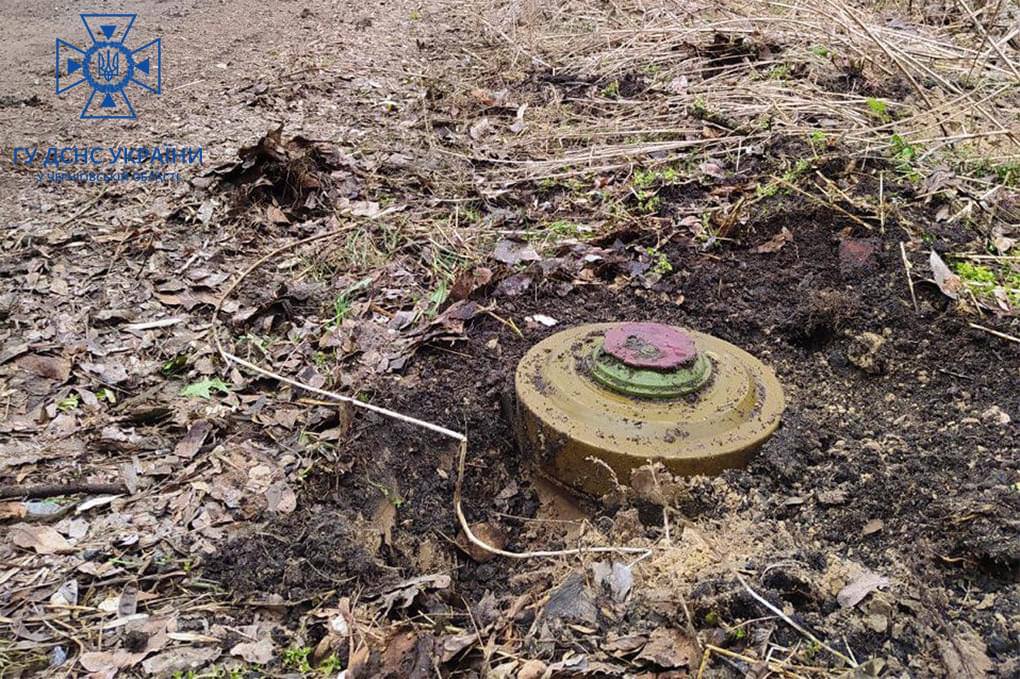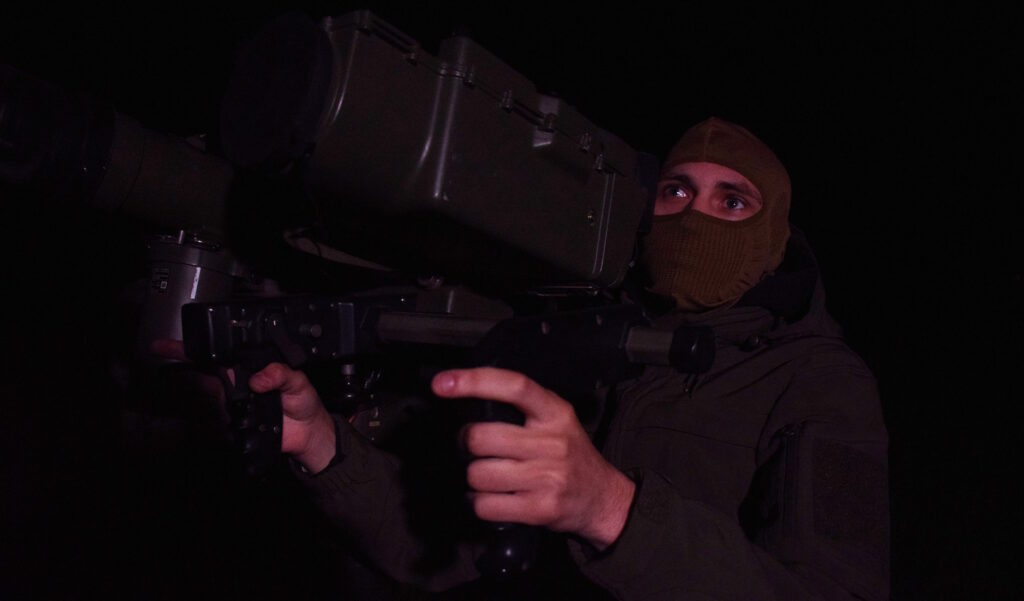Ukraine plans massive minefields along 3,000-kilometer border with Russia and Belarus

Ukraine aims to strengthen the defense of over 3,000 kilometers of its border with Russia and Belarus. Roman Kostenko, Secretary of the Parliament Committee on National Security, says that to achieve this, Kyiv is seeking a temporary suspension of the Ottawa Convention on the prohibition of anti-personnel mines, UkrInform reports.
Russia has never signed the Ottawa Convention, and has been laying mines across Ukrainian territory for over two years. Moscow troops have planted dense minefields along key routes where Ukrainian troops might advance. They have deployed mines via hand emplacement, rocket delivery, and have scattered them in rural and urban areas using drones.
The Ottawa Convention bans anti-personnel landmines worldwide. Since 1999, it has drawn 164 countries committed to destroying their mine stockpiles and clearing contaminated land, as mines can cause severe injuries and deaths among civilians. However, given that Ukraine has the right to protect itself, the government temporarily suspended its participation in the treaty.
“Considering the over 3,000 km border with Russia and Belarus, it is necessary to create a minefield at least several dozen kilometers wide, a preventive defense,” Kostenko explains.
Anti-personnel mines are effective, low-cost, and straightforward means of holding positions and creating denial zones for enemy infantry. They can demoralize the adversary and significantly complicate their movements and operations.
Kostenko emphasizes that fortifications without mine barriers are often ineffective.
“The enemy bypasses them. They are not always built in the right places. Fortifications must be guarded or be part of a combined system with mine barriers. One without the other does not work,” he says.
According to him, the use of anti-personnel mines will allow Ukraine to rapidly defend positions and significantly enhance the country’s defensive capabilities.
Six months ago, Lithuania and Finland also withdrew from the Ottawa Convention. Now, they are preparing to start the domestic production of anti-personnel landmines to supply their militaries and Kyiv. This decision reflects growing European concerns that Russia’s military ambitions may extend beyond Ukraine. China and the US never signed the document.

